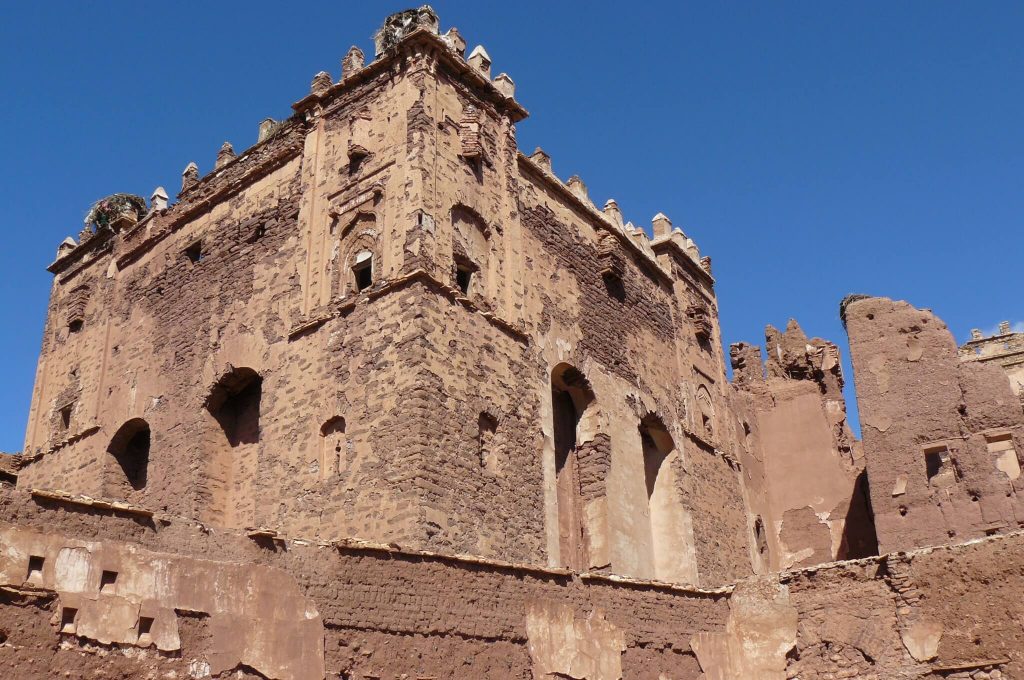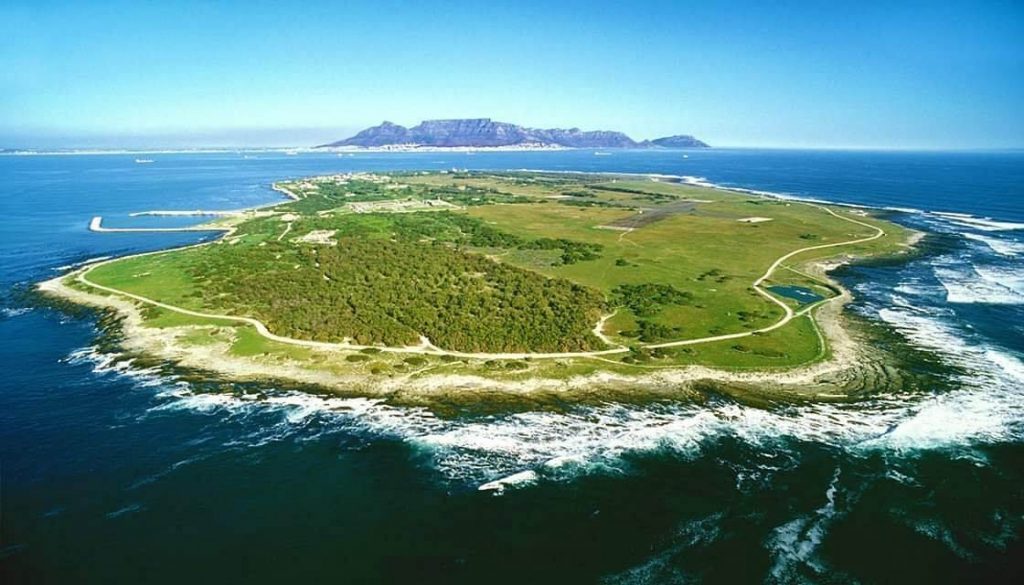These ten suggestions demonstrate that Egypt is merely the tip of the pyramid. This continent has a wide selection to offer in terms of fascinating historical places in Africa.
Africa’s ancient civilizations have left behind remarkable historic sites over the centuries. From ancient pyramids and centuries-old rock-hewn churches to castles, mosques, and palaces. Therefore, Africa is home to some amazing historic sites that people often forget unfortunately.
We’ve listed ten of the continent’s must-see attractions to help you plan your upcoming vacation. Let’s look at it!
Fort Jesus, Kenya

In Mombasa Island, the Portuguese constructed Fort Jesus in 1593, one of the wonderful places in Africa. Also, it was constructed to ensure the safety of the Portuguese residing on the East Coast of Africa. Due to the hostility of parties that lived in Mombasa, it was subjected to more turmoil than any other fort in Africa.
Between 1837 and 1895. The British utilized it as a jail and a military barracks after it was attacked by Omani Arabs in 1696 and 1698. Joao Batista Cairato, an Italian architect and engineer, created the fort. Due to its historical reflection of the Renaissance era and its documentation of the military advancements of the 15th and 16th centuries. This place was converted into a museum in 1962 and is now a UNESCO World Heritage Center. Therefore, the museum is open every day from 8 am to 6 pm, and admission is $0.99 to $12.
Mamuno Monument, Botswana

The Okavango Delta, is one of Africa’s Seven Natural Wonders and a haven for a wide range of species. Also, the Kangumene Rock Engravings exhibit the nation’s rich cultural history through a variety of rock engravings created by the Khoisan communities that once called the area home. Visitors can view engravings of handprints, geometric patterns, animal and human footprints, and weapons. Mamuno art differs from the Shamanistic style seen in eastern Botswana. It shares similarities with the grooves left by sharpening knives and spears discovered at Olifanskloof Farm. Around 5 kilometers northwest of the Mamuno border station in the Ghanzi District are the Kangumene Rock Engravings. You can use travel agencies to arrange tours.
Larabanga Mosque, Ghana

The Larabanga Mosque is a historical location in the Northern Region’s Western Gonja District, home to Larabanga. According to legends, the beginnings of the mosque, The idea came from an Islamic trader called Ayuba to build it in 1421. Also, it is thought that the mosque’s foundation appeared unexplainably, allowing Ayuba to finish the building.
The minaret and the mihrab, are two pyramidal towers that are distinctive to Sudanese architecture. This construction is found in the mosque, which is mostly made of packed earth. Conservation efforts in the 1970s were fruitless because of termites and decaying wood. Also, wind and rain damage hastened the minaret’s collapse. As a result, the mosque was granted much-needed restoration when it was added to the 2002 World Monuments Watch. The mosque’s official viewing charge is $0.26, and visits can be scheduled through travel brokers.
Telouet Kasbah, Morocco

Just outside of Marrakech, on the old caravan route to Ouzarzate and the Sahara, is the famous and well-known Kasbah of Telouet. Early in the 20th century, T’hami el Glaoui, the governor of Marrakech, and his family lived in the Kasbah. Visitors can stroll through a variety of exquisitely furnished chambers, including the harem and the reception hall, which are both decorated in the Andalusian interior design style, at the Kasbah, which overlooks the Imarene River. The Kasbah was never finished, and as a result, some of its components are degrading.
For $2, tour guides are available to show guests throughout the Kasbah while providing information on the family and the period. You can use a travel agent to arrange for visits to one of these amazing places in Africa.
Kolmanskop, Namibia

The most well-known abandoned settlement in Namibia is Kolmanskop, which is a short distance from Luderitz. The town, which had been around for 40 years at the start of the 1900s, prospered as a result of the era’s diamond boom. For those involved in the diamond industry, it was a lively metropolis that was seen as a haven amid the hostile Namib Desert. Kolmanskop’s growth peaked in the 1920s, but after World War 1, when diamond prices fell, locals moved even further south to Oranjemund, and the town started to deteriorate. Visitors to the ghost town can join a guided tour or drive themselves to Kolmanskop, but they must first obtain a permit. Visitors may schedule visits through tour operators between the hours of 09:30 and 11:00 on Monday through Saturday and 09:30 and 10:00 on Sundays and federal holidays. One of the best places in Africa
The Kigali Genocide Memorial, Rwanda

The ultimate resting site for more than 250,000 Tutsi Genocide victims is the Kigali Genocide Monument, which is in Gisozi not far from Kigali. It honors the memories of those who perished in the 1994 genocide in Rwanda by promoting peace and educating people. The largest of the three permanent exhibits at the memorial details the 1994 Tutsi Genocide. A memorial for children and an exhibition on the global history of genocide brutality are also present.
A large portion of the tour guides who lead visitors through the memorial is attack survivors. Visitors can take photos and videos within the memorial for a fee of $20 and can book tours online for costs ranging from $100 to $150 per group of people. There are also audio tours available; costs range from $5 to $15. Visitors can arrive in groups of four to twenty-five. Don’t miss these places in Africa to visit in June.
Isimila Stone Age site, Tanzania

Outside of the town of Iringa is the historically significant archeological site famous as the Isimila Stone Age Site. On a dry bed that was originally a shallow lake, archaeologists discovered tools, stone artifacts, and bones from what they thought were the early hominoids that lived in the area. Additionally, The location contains stunning granite rock reliefs and retains items that provide a window into the lives and activities of early human and animal civilization. Therefore, booking a tour of the canons through a travel agency will include a brief explanation of the formation of the place and an overview of the fossils and artifacts on show, followed by a beautiful walk into the canyon. The tour lasts for around three hours, and it normally begins early in the day before the heat rise. You can reserve the tour with a travel agency.
Robben Island, South Africa

A small island-Robben Island is situated in Cape Town, South Africa’s Table Bay. The island, which was used for imprisonment, exile, and isolation for about four centuries, is best known for having housed prominent anti-apartheid figures from South Africa, including former President Nelson Mandela. Birds, penguins, seals, and tortoises were among the several natural animals that called the island home before that time. Additionally, the name Robben, translates from Dutch as “seal,” because it was home to numerous seals.
In 1671, the Dutch started utilizing the island as a jail, a mental hospital, and a military base. Also, keeping convicts and patients with mental illnesses, including outcasts and people who opposed Dutch control. Therefore, as a reminder of the nation’s history and the victory of the human spirit against injustice and apartheid, UNESCO designated the island as a World Heritage Site. Moreover, every Monday through Sunday, ferries to Robben Island leave from the V&A Waterfront in Cape Town. From 9 am, 11 am, and 1 pm they offer tours of the island. The duration of the tours is about 3 hours, and they cost between $12 and $21 per person.
Luxor, Egypt

Without Egypt, no list of amazing historical places in Africa will ever be complete. As the nation is dotted with magnificent structures, statues, and pyramids that date back thousands of years. You can tour magnificent temples and stone tombs at Luxor. This place is one of the most well-known archaeological sites on Earth.
The Valley of the Kings, which is home to an astonishing number of rock tombs that formerly housed the bodies of Pharaohs and their priceless riches, is without a doubt the highlight.
Elmina Castle, Ghana

The Portuguese constructed Elmina Castle. In 1482 what was originally referred to as “the Gold Coast” ruled the area and dominate trade. Additionally, The castle is a significant historical landmark because it was a place to hold Africans before taking them outside as slaves. It is the oldest European building in Sub-Saharan Africa. A well-deserved place in the best of the best places in Africa.
Check now for more about the best places to visit:

